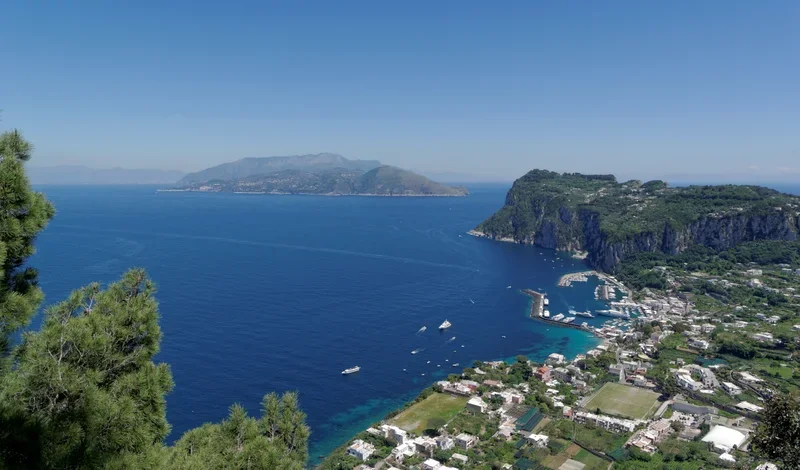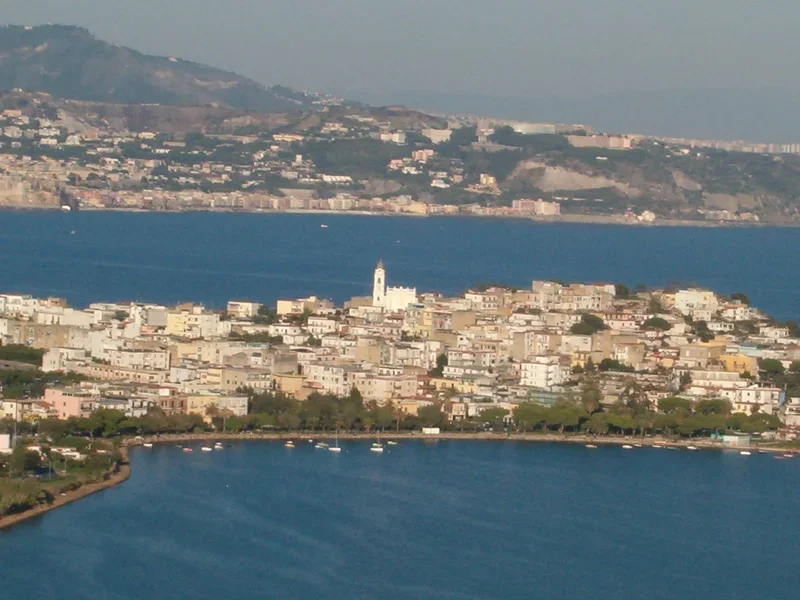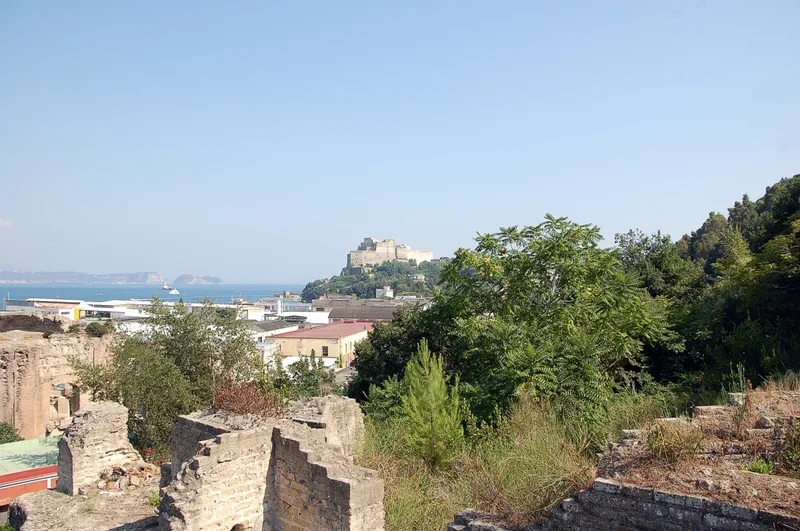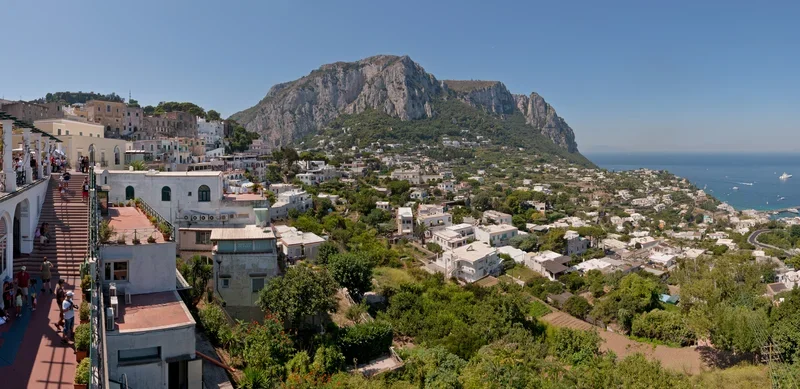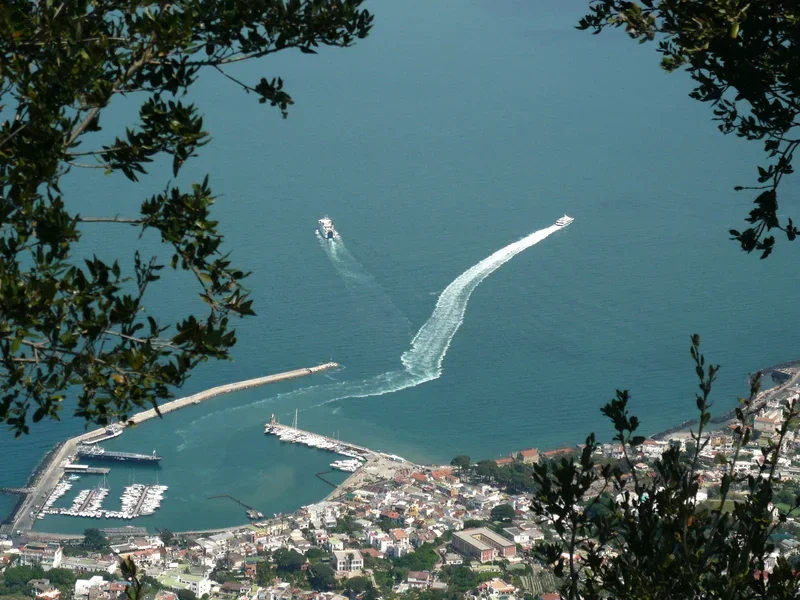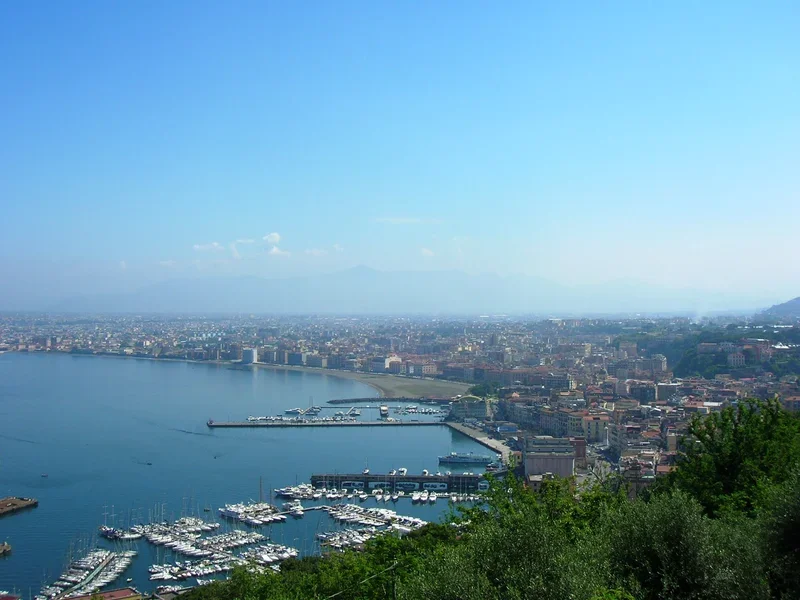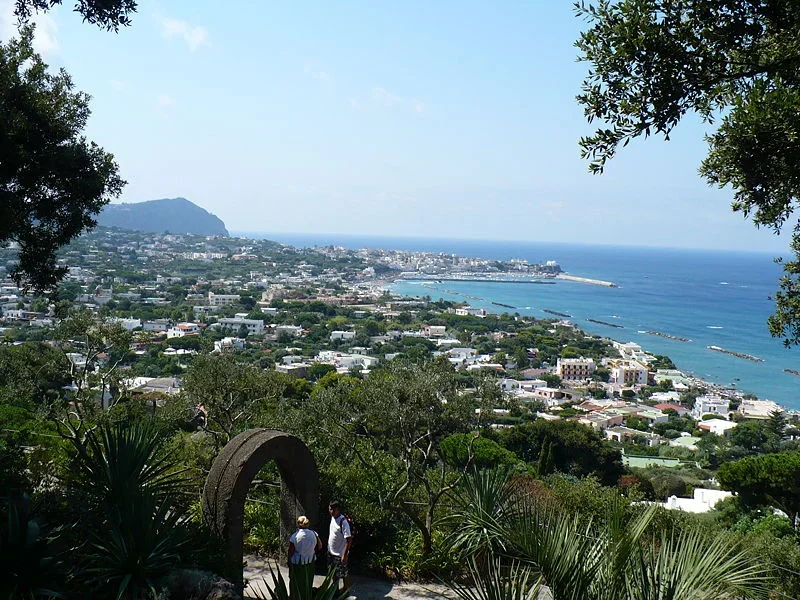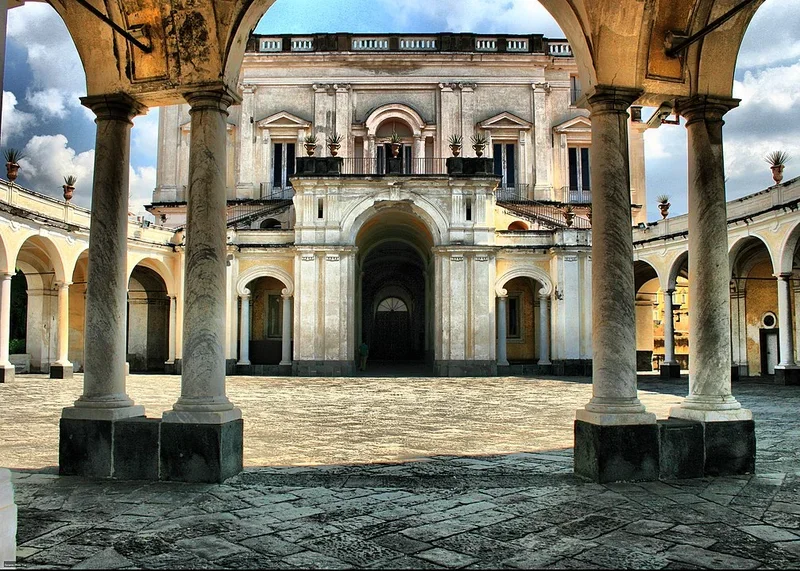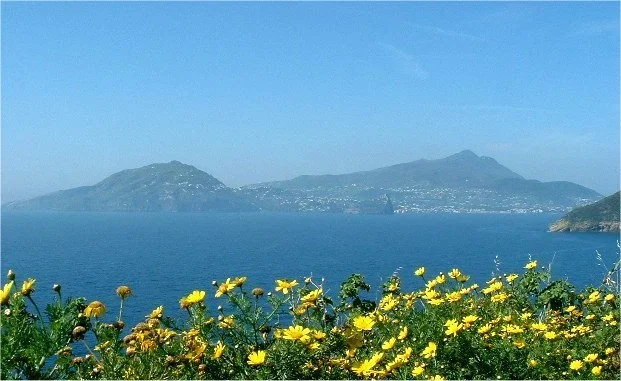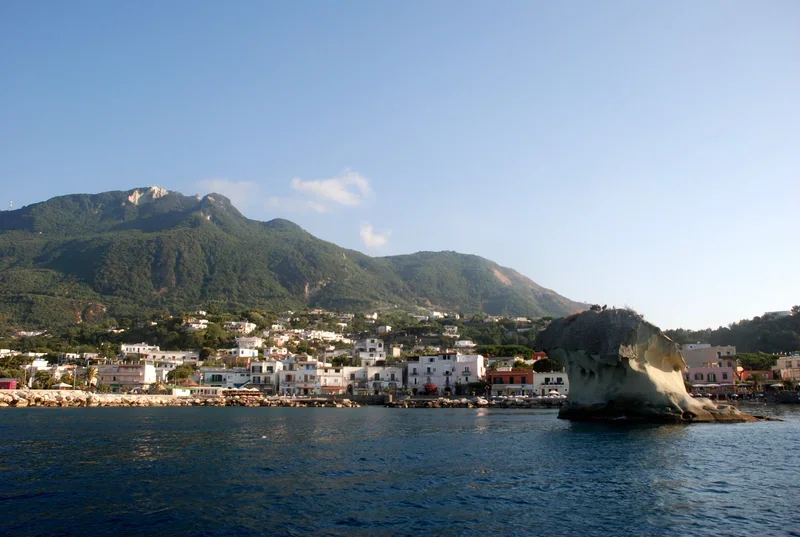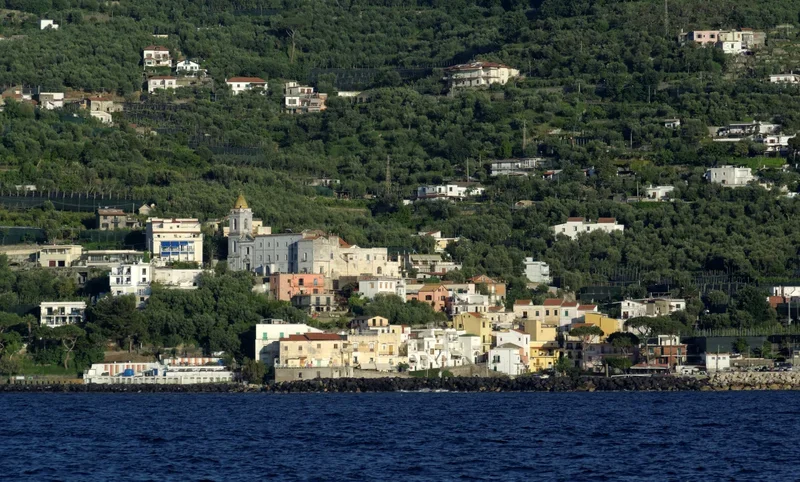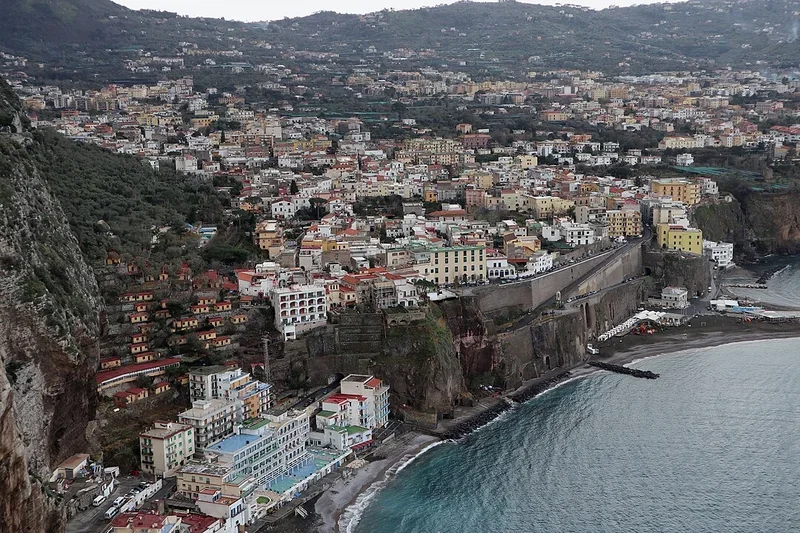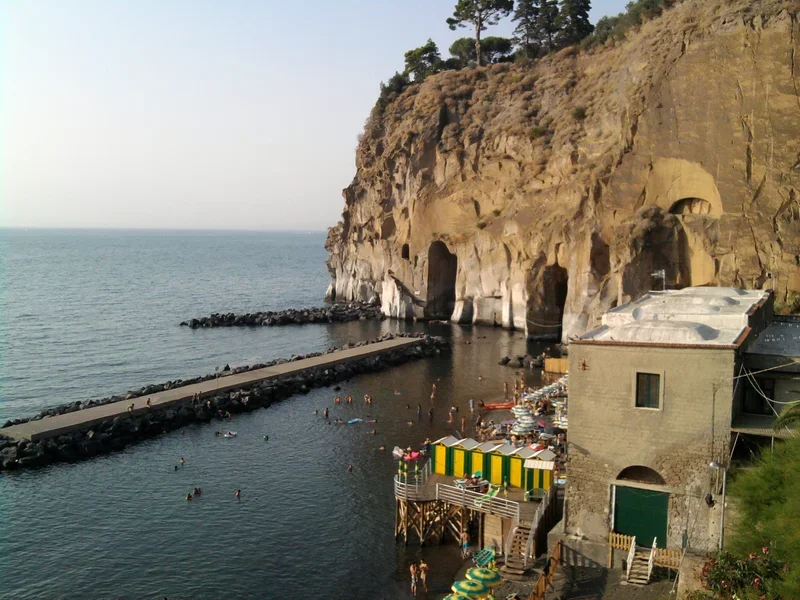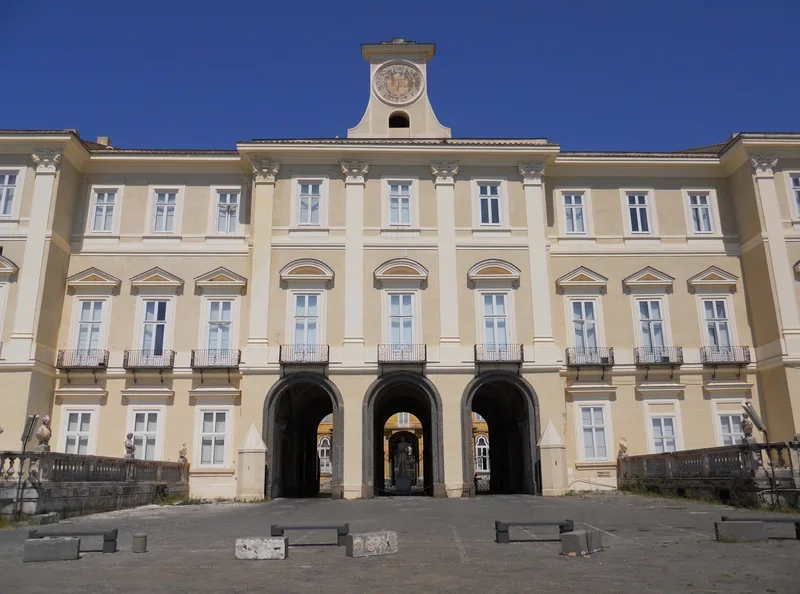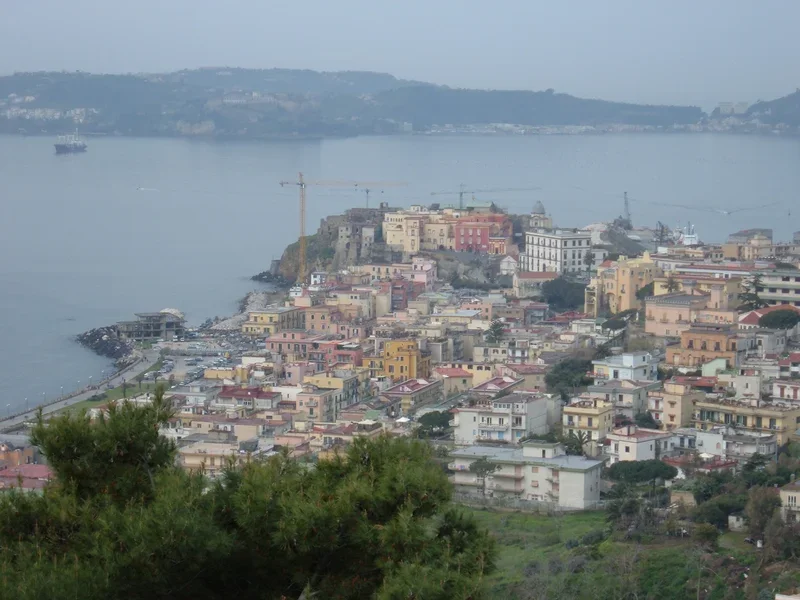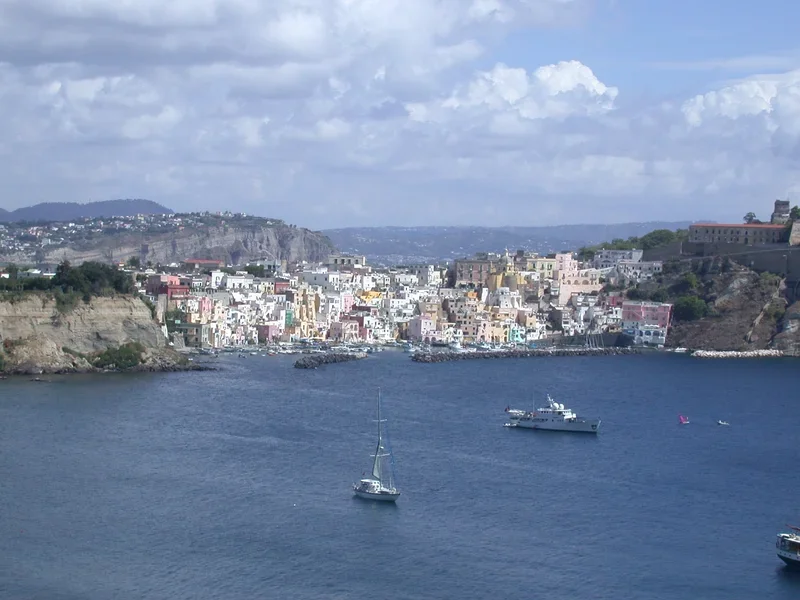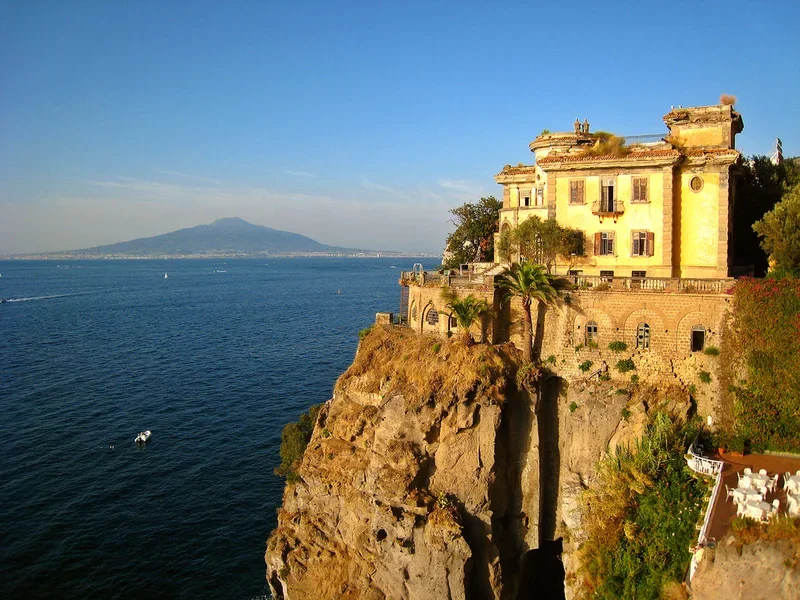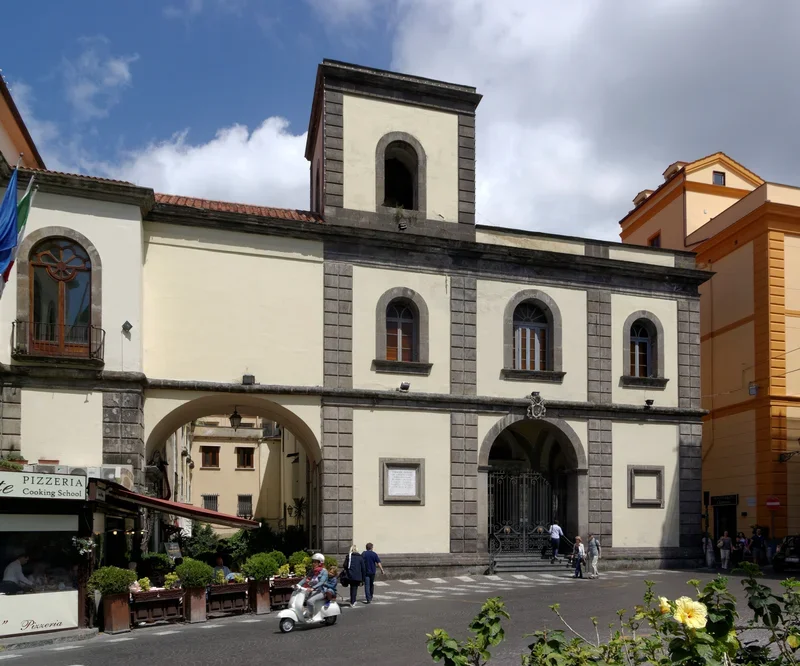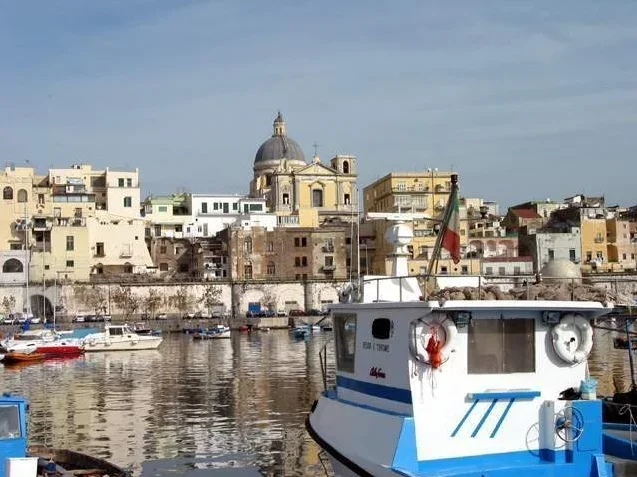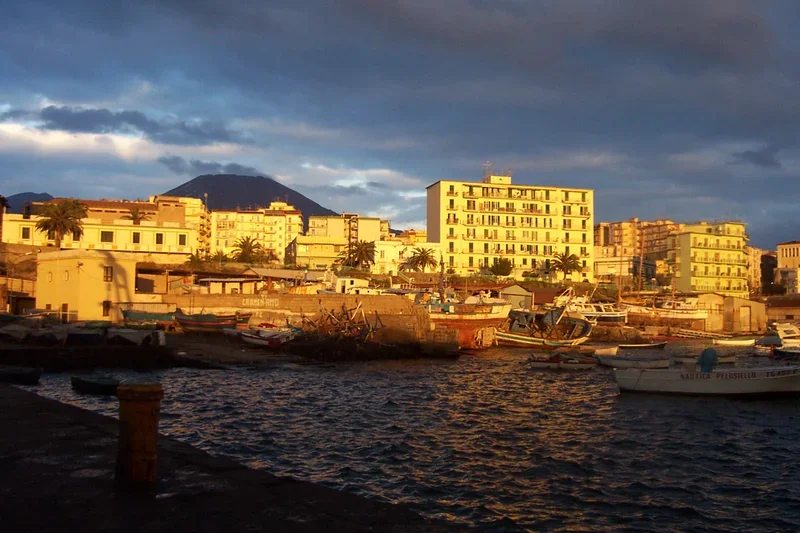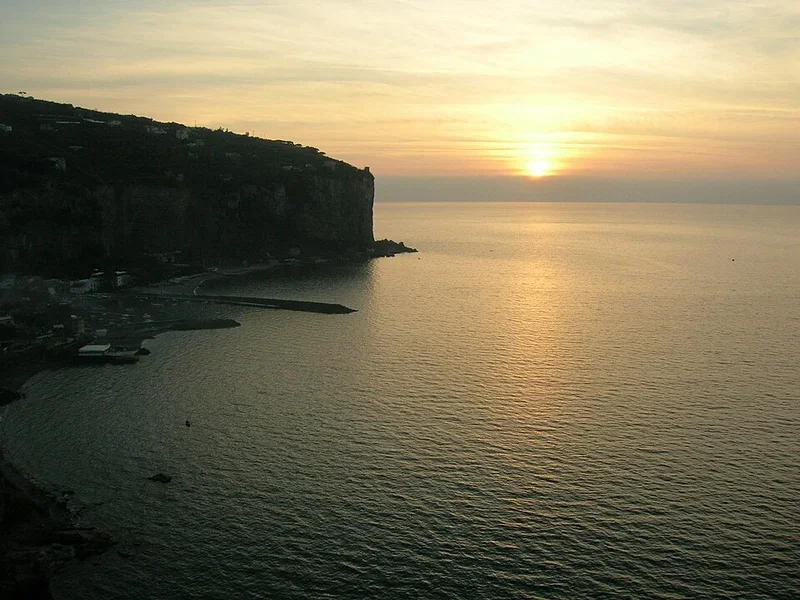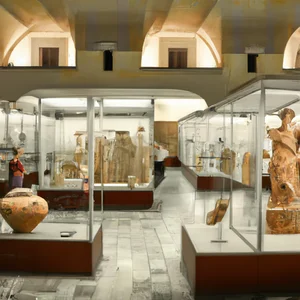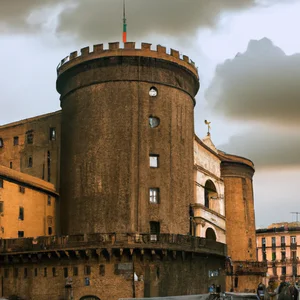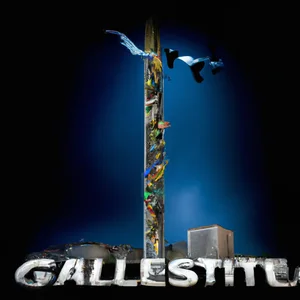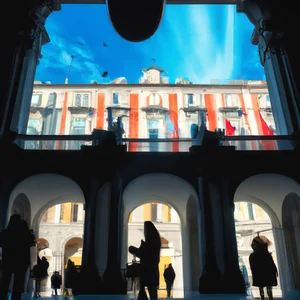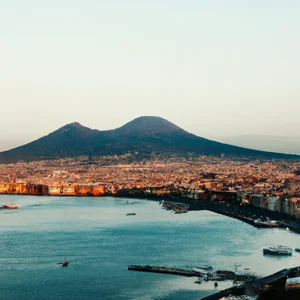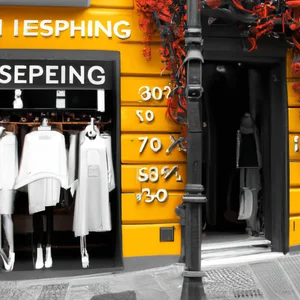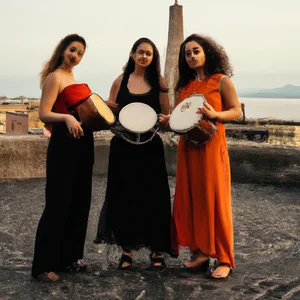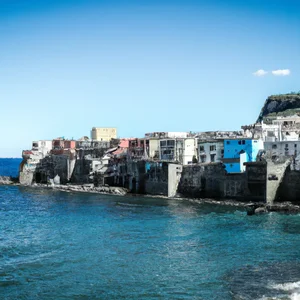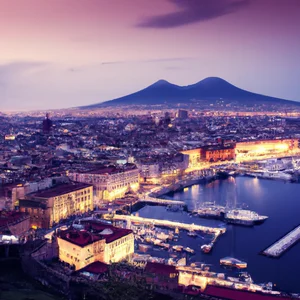Book your experience
Torre del Greco
Torre del Greco is a gem of the Gulf of Naples, a place where ancient history is intertwined with breathtaking natural beauty. Located at the foot of Vesuvius, this city represents a perfect starting point for exploring the wonders of Campania, offering visitors a unique combination of culture, tradition and enchanting landscapes. In this article, we will delve into the ten most fascinating aspects of Torre del Greco, to discover why this location deserves a place of honor in the Italian tourist panorama.We will start with a journey through time, exploring the history and origins of Torre del Greco, a city that has its roots in antiquity and has been able to keep its traditions alive over the centuries. Its geographical position, overlooking the sea and protected by Vesuvius, not only gives the place a unique charm, but has also influenced the economic and cultural development of the community.We will not fail to discover the tourist attractions that attract visitors from all over the world, from splendid churches to breathtaking views. A distinctive aspect of Torre del Greco is the coral tradition, which tells stories of craftsmanship and beauty. The local gastronomy, full of authentic flavours, represents another reason to visit the city. We will also talk about the events and holidays that enliven the Torrese calendar, the outdoor activities for nature lovers, the museums and cultural institutions that offer an immersion in history and art.Finally, we will provide practical information on transport and accessibility, along with suggestions on accommodation and hospitality. Get ready to discover a corner of Naples that, although less known, is full of surprises and wonders to explore. Torre del Greco awaits you!
History and Origins
Naples, one of the oldest cities in the world, has a rich and complex history that has its roots in distant eras. Founded by the Greeks in the 8th century BC. with the name of Neapolis, which means “new city”, Naples developed as an important commercial and cultural center.
During the Roman period, Naples became a holiday resort for aristocrats, thanks to its privileged location and mild climate. With the fall of the Roman Empire, the city underwent various dominations, from the Byzantines to the Normans, up to the Aragonese and the Bourbons.
Over the centuries, Naples has maintained a role of both political and cultural relevance, becoming the capital of the Kingdom of Naples and subsequently of the Kingdom of the Two Sicilies. The city was a center of artistic and literary innovation, hosting great artists and intellectuals, such as Caravaggio and Alessandro Manzoni.
Today, Naples is known for its vibrant culture, its fascinating history and its unique traditions, making it an unmissable destination for tourists from all over the world.
The Geographic Location
The Geographical Location
Naples is located in southern Italy, overlooking the Gulf of Naples, and surrounded by a breathtaking landscape that includes the famous Vesuvius, the most famous mountain in the country. The city is located approximately 225 km south of Rome and 80 km north of Salerno.
Geographical coordinates
The geographical coordinates of Naples are 40.8518° N latitude and 14.2681° E longitude. This strategic position has made Naples an important commercial and cultural hub since ancient times.
Geography and Territory
The territory of Naples is characterized by a combination of hills and coasts. The city mainly lies on a floodplain, but is also surrounded by hills that offer spectacular views. The coast is rugged and has several beaches and coves.
Climate
The climate of Naples is Mediterranean, with hot summers and mild winters. Summer temperatures can exceed 30°C, while in winter they rarely drop below 5°C. Precipitation is more frequent in autumn and winter.
Accessibility
Thanks to its location, Naples is easily reachable from other Italian and European cities. The city is served by a large international airport, Naples-Capodichino Airport, which connects Naples with numerous destinations. Furthermore, the railway network and motorways effectively connect it with Rome, Salerno and other cities.
Tourist Attractions
Naples is a city rich in history, culture and natural beauty, offering a wide range of tourist attractions for visitors. Here are some of the main attractions that you cannot miss during your stay in Naples.
The Historic Center
The Historical Center of Naples was declared a World Heritage Site by UNESCO in 1995. Walking through its streets, you can admire historic churches, noble palaces and monuments that tell centuries of history. Don’t miss the Duomo of Naples, dedicated to San Gennaro, the patron saint of the city.
The National Archaeological Museum
This museum is one of the most important in the world for classical archaeology. Inside, you can admire a vast collection of finds from Pompeii and Herculaneum, including frescoes, statues and everyday objects.
Vesuvius
Vesuvius, the famous volcano that dominates the Gulf of Naples, is another of the main attractions. It is possible to hike up to the crater, enjoying breathtaking views of the city and the sea. The visit also offers the opportunity to learn more about the geology and history of the volcano.
The Royal Palace
Located in Piazza del Plebiscito, the Palazzo Reale is an imposing historic residence that hosted the rulers of Naples. Today, the palace is open to the public and offers the opportunity to explore the sumptuous rooms and gardens.
Castel dell’Ovo
This ancient castle, located on an islet, is the oldest in Naples and offers extraordinary views of the sea and the city. The Castel dell’Ovo is an ideal place for a romantic walk and for taking unforgettable photographs.
Spaccanapoli
One of the most emblematic streets of Naples, Spaccanapoli runs through the heart of the historic center. Here you can find a variety of shops, cafes and restaurants, as well as many churches and historical monuments. It is the perfect place to immerse yourself in the daily life of Neapolitans.
Underground Naples
A unique experience is a visit to Underground Naples, a labyrinth of tunnels and cavities that extends beneath the city. This fascinating attraction offers an opportunity to discover the history and evolution of the city, from its foundation to the present day.
These are just some of the numerous tourist attractions that Naples has to offer. Every corner of the city tells a story and offers unforgettable experiences for all visitors.
The Corallina Tradition
The coral tradition in Naples is a cultural and artisanal aspect of great importance, having its roots in centuries of history. Red coral, extracted mainly from the Mediterranean Sea, has always had an important place in the Neapolitan economy and art.
History and Meaning
Coral has been used since ancient times to create jewelry and decorative objects. The first evidence of its use dates back to the ancient Greeks and Romans, but it was in the medieval period that coral processing achieved significant notoriety in Naples. During the Renaissance, local artisans began to develop sophisticated techniques for sculpting and working coral, creating unique works of art.
Working Process
Working with coral requires great skill and patience. After extraction from the sea, the pieces of coral are cleaned and shaped according to the needs of the craftsman. The process includes cutting, polishing and engraving phases, making it possible to obtain jewellery, amulets and art objects. Finished pieces often feature intricate details and a quality that enhances their natural beauty.
Cultural and Social Role
Coralline is not just a symbol of beauty; for many Neapolitans it also represents a link with the tradition and cultural heritage of the city. Coral jewels are often given as gifts on special occasions, such as weddings and baptisms, and are considered bearers of good omen and protection.
Markets and Shops
In the center of Naples, particularly in the area of Via San Gregorio Armeno and in the historic markets, it is possible to find numerous shops specializing in the sale of coral jewellery. These spaces not only offer a wide range of products, but also serve as workshops where visitors can observe artisans at work.
Events and Celebrations
Every year, Naples hosts events and exhibitions dedicated to coral, attracting artists and enthusiasts from all over the world. These events celebrate the art of coral processing and promote the importance of preserving this tradition which is an integral part of the Neapolitan identity.
In conclusion, the Corallina tradition in Naples represents a perfect combination of craftsmanship, history and culture. It continues to be a symbol of beauty and creativity, keeping alive the legacy of generations of artisans and enthusiasts.
Local Gastronomy
The gastronomy of Naples is a true culinary treasure, reflecting the rich history and traditions of the city. It is famous for its fresh and wholesome ingredients, which mainly come from its fertile surrounding region.
Neapolitan Pizza
The Neapolitan pizza is undoubtedly the most iconic dish in the city. With its thin and soft base, high and soft edges, it is prepared with San Marzano tomatoes, buffalo mozzarella, fresh basil and a drizzle of extra virgin olive oil. The Pizza Margherita is a must, celebrating the colors of the Italian flag.
First courses
Among the first courses, we find pasta and potatoes and Neapolitan ragù. The latter is a rich and flavorful sauce, slowly cooked with beef, tomatoes and herbs, often served with a plate of fresh pasta.
Traditional Sweets
Desserts represent another fundamental part of Neapolitan cuisine. babà, a dessert made from leavened dough soaked in rum, is one of the most loved. Other typical desserts include sfogliatella, with its crunchy crust and ricotta filling, and pastiera, an Easter dessert made with wheat, ricotta and candied fruit. p>
Markets and Street Food
For an authentic experience, don’t miss the opportunity to visit the local markets where you can taste cuoppo, a cone of mixed fried foods such as arancini, crocchè and pasta omelettes. Neapolitan street food is a gastronomic journey that reflects the culture and lively atmosphere of the city.
Wines and Drinks
Finally, the local gastronomy is completed with a selection of fine wines such as Falanghina and Greco di Tufo, excellent for accompanying typical dishes. Don’t forget to also try limoncello, a lemon liqueur that is a perfect digestive after a meal.
Events and Holidays
Naples is a lively city rich in tradition, and its events and festivities reflect its unique culture and fascinating history.
Religious Holidays
One of the most important holidays is San Gennaro, the patron saint of the city. The festival is held on September 19 and includes a celebration involving the liquefaction of the saint’s blood, an event that attracts thousands of faithful and tourists. The ceremony takes place in the Chapel of San Gennaro, inside the Cathedral of Naples.
The Carnival of Naples
The Carnival is another very heartfelt celebration, with parades, costumes and events that liven up the streets of the city. The celebrations culminate on Shrove Tuesday, with events and demonstrations throughout the historic center.
Piedigrotta Festival
The Piedigrotta Festival is a popular celebration held in September, dedicated to the Madonna of Piedigrotta. It includes processions, concerts and street performances, and is an opportunity to immerse yourself in Neapolitan culture.
Cultural and Musical Events
Naples also offers a rich program of cultural and musical events throughout the year. The Napoli Teatro Festival, held in the summer, presents national and international theatrical productions. Furthermore, classical and pop music concerts take place regularly in the city’s historic theaters, such as the Teatro di San Carlo.
Christmas markets
During the Christmas period, Naples is transformed with its Christmas markets, especially in the San Gregorio Armeno district, famous for its artisan shops selling nativity scenes and Christmas decorations. The festive atmosphere is characterized by lights, music and culinary traditions that make the Christmas period particularly magical.
In summary, Naples events and festivities represent an important opportunity for visitors to immerse themselves in local culture and traditions, making the city a vibrant place to explore throughout the year.
Outdoor Activities
Naples offers a wide range of outdoor activities that allow visitors to explore the natural and cultural beauty of the city. From breathtaking coastline to historic parks, there are many options for enjoying the Mediterranean climate and lively Neapolitan atmosphere.
Excursions and Trekking
For nature lovers, Vesuvius is one of the most popular destinations. It is possible to undertake an excursion up to the crater, from which you can admire a spectacular view of the city and the Gulf of Naples. Other trekking options include the Vesuvius National Park and the trails leading to the Campi Flegrei, known for their unique geology.
Visits to the Parks
Naples is also home to beautiful parks, such as the Parco Virgiliano, which offers breathtaking views of the gulf and the islet of Nisida. The Real Bosco di Capodimonte is another option, with its vast gardens and art museum housing works by artists of the caliber of Caravaggio and Raphael.
Nautical Activities
The Neapolitan coast is perfect for those who love the sea. It is possible to rent boats or take part in boat tours to explore the splendid islands of Capri, Ischia and Procida. Water activities, such as kayaking and snorkeling, are very popular along the coast.
Outdoor Events
During the year, numerous outdoor events take place in Naples, including concerts, festivals and fairs that celebrate local culture and traditions. These events offer the opportunity to experience the city in an authentic way, interacting with residents and participating in community activities.
In summary, Naples is a city that invites you to explore outdoors, with a variety of activities that satisfy all tastes, from trekking to culture, to aquatic adventures.
Museums and Culture
Naples is a city rich in history and culture, and its museums reflect its extraordinary artistic and historical legacy. Visitors can explore a variety of museums covering various aspects of Neapolitan life and its evolution over the centuries.
The National Archaeological Museum of Naples
This museum is one of the most important in the world for classical archaeology. It houses a vast collection of finds from Pompeii and Herculaneum, including mosaics, frescoes and statues of inestimable value. Not to be missed is the famous collection of Greek and Roman art, which offers an in-depth look at the life and culture of the era.
The Capodimonte Museum
Located inside a wonderful palace, the Capodimonte Museum houses one of the most important painting collections in the world, with works by artists such as Caravaggio, Titian and Raphael. Furthermore, the surrounding park is an ideal place for a walk immersed in nature.
The Museum of San Martino
This museum is dedicated to Neapolitan history and art and is located in a former monastery. In addition to offering a panoramic view of the city, the museum houses a collection of Neapolitan nativity scenes, which represent an artisan tradition much appreciated in the city.
The Museum of the Treasure of San Gennaro
This museum is dedicated to the patron saint of Naples, San Gennaro, and houses an extraordinary collection of jewels and works of art linked to the cult of the saint. The visit offers a unique opportunity to learn about the devotion of the Neapolitans and the history of this religious tradition.
Cultural Events
Naples is also a lively center of cultural events, including concerts, art exhibitions and festivals. The city hosts numerous events throughout the year, such as the Napoli Teatro Festival and the Napoli Jazz Festival, which attract artists and spectators from all over the world.
In summary, the museum and cultural section of Naples offers a wide range of experiences that allow visitors to immerse themselves in the history and art of this fascinating city. Each museum presents a unique perspective on Neapolitan culture, making Naples an unmissable destination for art and history lovers.
Transportation and Accessibility
Public Transport Network
Naples has an extensive public transport network, which includes the metro, buses and trams. The Naples Metro is one of the most efficient ways to move around the city, with various lines connecting the main points of interest. Line 1, for example, connects the historic center with the Piscinola area and offers access to many tourist attractions.
Stations and Terminals
The Napoli Centrale railway station is the main hub for regional and national trains, making it easy to access cities such as Rome and Salerno. Furthermore, the port of Naples is an important starting point for ferries to the Gulf islands, such as Capri and Ischia.
Accessibility for Tourists
The city is relatively accessible for tourists, with some bus and metro lines offering services for people with reduced mobility. However, the historic streets and alleys of the center can present challenges, so it is advisable to plan your travels in advance.
Taxis and Ride-Sharing Services
Taxis are easily available in the city and there are also ride-sharing services such as Uber, which offer a practical alternative for getting around. It is advisable to use official taxis, which are recognizable by their taximeter and identifying logo.
Parking
If you are traveling by car, it is important to keep in mind that parking may be limited in the center of Naples. There are several paid car parks and garages that offer solutions for visitors, but it is advisable to inquire in advance about costs and availability.
Accommodations and Hospitality in Naples
Naples offers a wide range of accommodation to meet the needs of all visitors, from families to solo travellers, from tourists on a budget to those seeking luxury.
Hotel
The city is dotted with 5-star hotels, such as the famous Hotel Romeo and the Grand Hotel Parker’s, which offer high-quality services class and splendid views of the Gulf of Naples. For those looking for something more accessible, there are many 3 and 4 star hotels that guarantee comfort and quality.
Farmhouses and B&Bs
For a more authentic experience, many tourists choose to stay in bed & breakfast or farmhouses near Naples. These accommodations offer a homely atmosphere and often include breakfast prepared with fresh local ingredients. Some B&Bs are located in historic Neapolitan buildings, allowing visitors to experience the charm of the city.
Hostels
Naples is also a popular destination for backpackers, with numerous hostels offering dormitory beds at very competitive prices. Places like Hostel of the Sun and La Controra Hostel are known for their convivial atmospheres and opportunities to socialize with other travellers.
Short-Term Rentals
With the increase in demand for short-term rentals, platforms such as Airbnb and Vrbo have become a popular choice for many tourists. These accommodations can range from apartments in the heart of the historic center to panoramic villas in the outskirts of the city, thus offering greater flexibility and the possibility of living like a local.
Accessibility
Many accommodation facilities in Naples are easily accessible, with options for people with reduced mobility. It is always advisable to check the accessibility specifications when booking.
In summary, Naples offers a wide variety of accommodations that can satisfy the different needs and preferences of each visitor, making the city an excellent choice for an unforgettable holiday.

